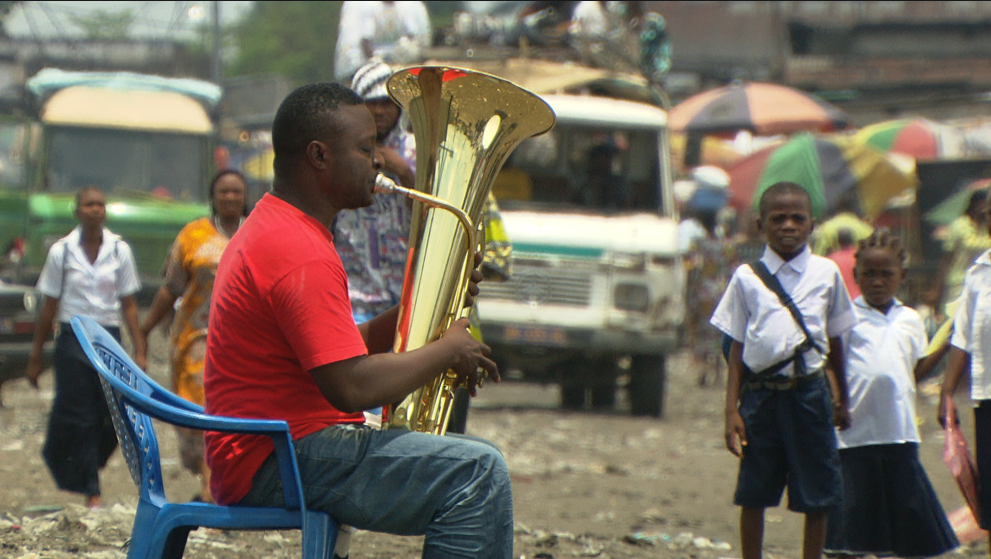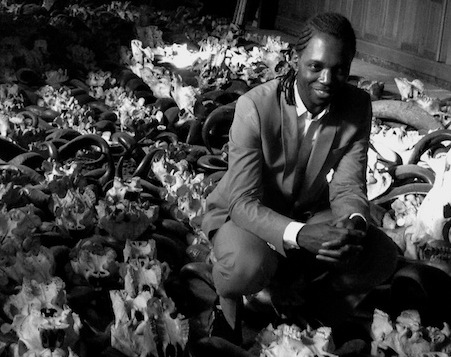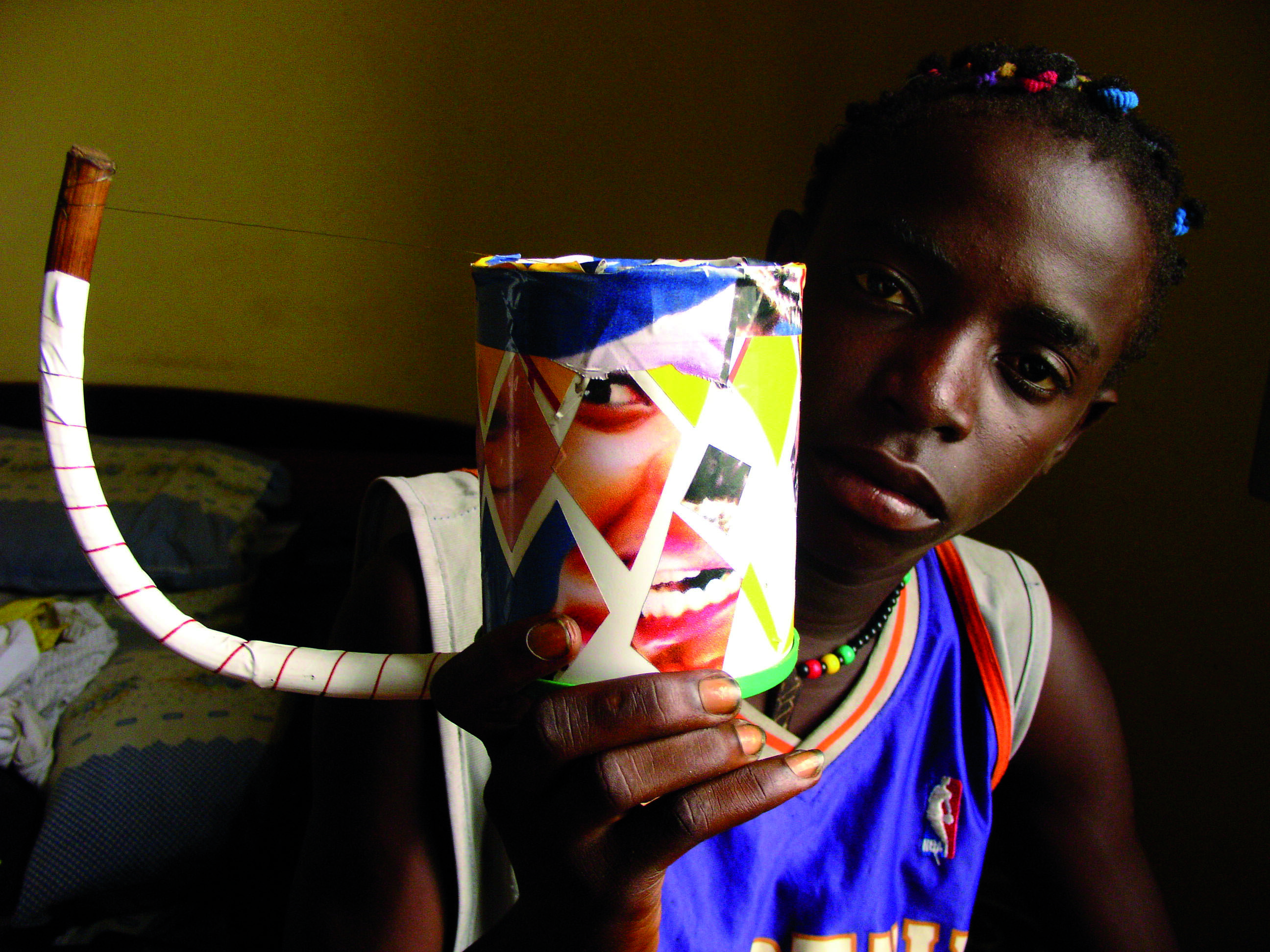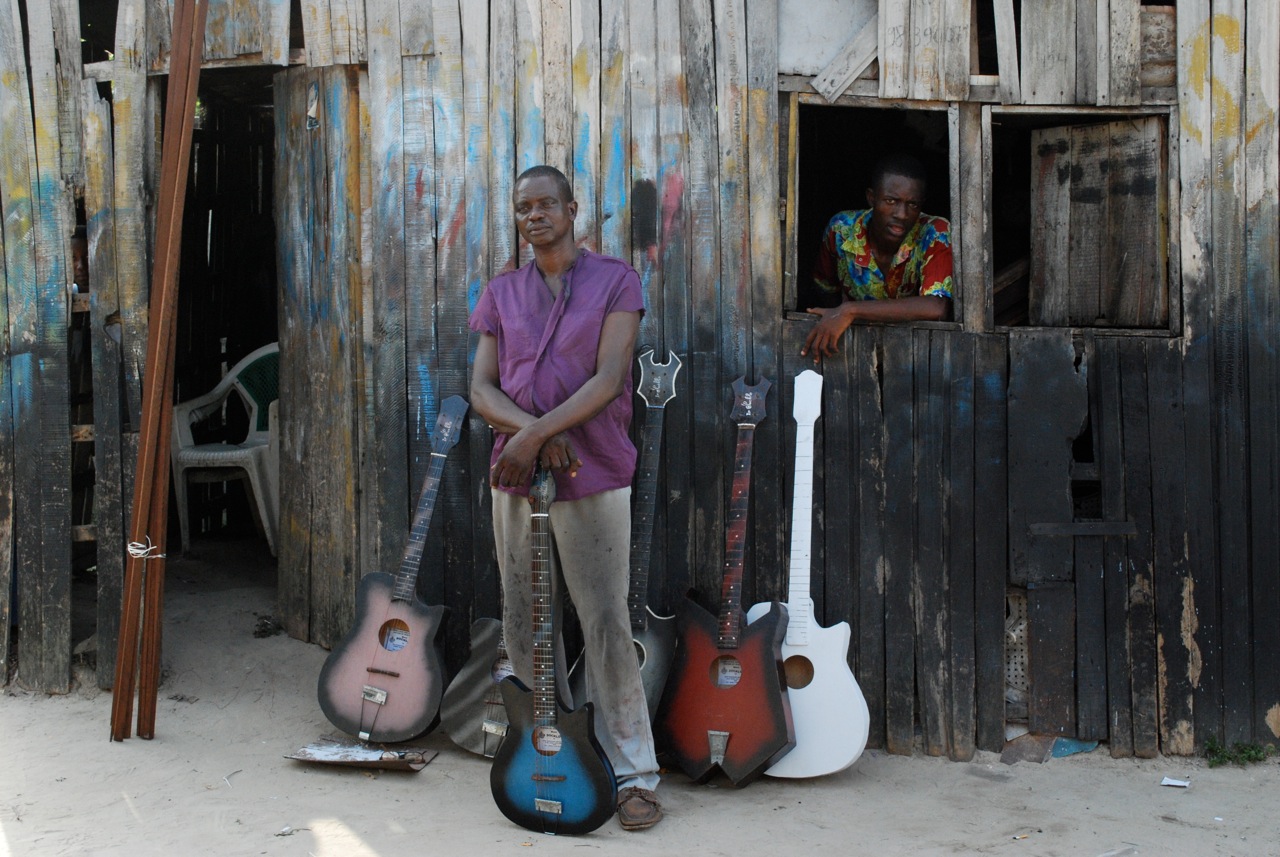The article in Harpers and Queen came as a shock. “Exotic.” “Move over Glastonbury.” “The most remote music festival in the world.” “The romance.” To see an event that was born in a spirit of deranged adventure mixed with post-conflict shoestring survival previewed in magazine that epitomizes affluence and the charmed life…I had to double take and double take again. Six years ago, under the haunting light of a lunar eclipse, the first Festival in the Desert took place on a wide stony plain near the village of Tin Essako, in the deepest desert of the southern Sahara. We were a motley assortment of musicians, technicians, journalists, ambassadors, duchesses, tourists and friends who travelled to that unfeasibly remote and yet utterly seductive spot to witness this renaissance of cultural pride and hope. Our hosts, the nomadic Touareg of the Sahara, had latched onto the idea of using their culture to try and extricate themselves from years of rebellion, drought, isolation and underdevelopment. The Festival was only a means to this end. We were only a footnote in this wider project. Harpers and Queen was very far from anyone’s mind.
The humble seed that was planted back in January 2001 has grown into a media bougainvillea of global proportions. The take-off point came in January 2003 at the third edition of the Festival near the tiny village called Esskane, in the dunes west of Timbuktu. LoJo, a group from Angers in France who were so instrumental in setting up the first edition of the Festival, came with a team of technicians. The Sfinks Festival in Belgium added another crew. They erected a stage of dreams which welcomed a procession of the Sahara’s finest: Tinariwen, Tartit, Tarbiat, Oumou Sangare, Ali Farka Toure, Afel Bocoum, Haira Arby, Seydoum Ould Eide and many more. A smattering of European ‘names’, including Robert Plant and Ludovico Einaudi, added a frisson of celebrity status.
The 250 strong contingent of whiteys stumbled around in the cream-coloured talcum-powder sand, drenched with sweat and wide-eyed with wonder. The 1000 or so locals strutted their finest robes, their fanciest turbans, their most magnificent camels and the unearthly sounds of their traditional music. A CD was recorded on a portastudio set up in a rusting old shipping container. It sold like hot cakes, and a DVD followed. Suddenly the Festival became a byword for extreme musical adventurism. Attendance became a test of sang-froid and derring-do. Big tour companies started offering all-in packages including first class tent accommodation. The various ministries in the Malian capital Bamako began to realise that the northern deserts, rather than being a god-forsaken sink hole full of bandits and terrorists, could actually become a very bankable asset in terms of tourism and cultural kudos. All this success descended on the bewildered organisers like a sandstorm, at once epic, exhilarating and radically disorientating.
The painful truth is that speedy success dragged along a heap of uninvited problems in its caravan train. The Malian authorities exerted uncomfortable pressure on Manny Ansar, the President of the EFES Association which was responsible for organising the event. It became official policy to keep the festival alive at all costs, despite spiralling debt, despite the pressure of alien crowds on the fragile desert environment, despite the growing discontent of certain Touareg who felt that the event was being hi-jacked and turned into a kind of Arabian Nights meets Woodstock Of The Sands fantasia. No one locally could imagine that the Festival was anything other than immensely rich. But the opposite was true. The expense of freighting every single piece of equipment and infrastructure in huge burly Mann trucks over the atrocious track that links Essakane to Timbuktu had well nigh bankrupted the event. Budgets were dismissed as fiction. Grumbling suspicion became widespread. Tinariwen, the musical heroes of the rebellion that had shaken desert society to the core in the early 1990s, went back home to Kidal in the far northeast of Mali to set up their own festival, Les Nuits Sahariennes d’Essouk. They were pining for a return to the original mission; a celebration of desert culture, an event that brings the various different Touareg confederations, from Mali, Niger, Algeria and Libya together for three days of parlaying, problem solving and partying.
The Touareg are unified by a common language, Tamashek, and a common culture rooted in the Berber subsoil of North and West Africa. But historically the various tribes and factions have often been rivals or even sworn enemies. It was the rebellion of 1990 to 1991 that broke down these old enmities and forged something approaching a common Touareg destiny. But old traditions die hard. As the Festival at Essakane became the talk of the desert, the Touareg of Menaka, Tessalit, Aguelhoc, In Gall or Agadez wanted a piece of the action. Why should all the glory go the Kel Antessar, the tribe that rule the Timbuktu region, who have always been the most adept at playing politics and furthering their cause in the corridors of power in Bamako? After all the original Festival in the Desert was nothing more than one of the Touareg’s annual traditional gatherings, a bit like our country fairs of yore, opened up to participants and audiences from all over the world with the help of some funding, a website, and friends in Europe. In January of this year there were no less that six desert Festivals in northern Mali: at Essakane, in Essouk, Ashawadj, Gourma, Aguelhoc and Tessalit. It’s no longer a question of THE Festival in the Desert, but of The FESTIVALS in the Desert.
At this year’s Essouk festival, about 150 nomad tents covered in terracotta stained hides were arranged in a wide crescent along a ridge near the ancient ruins of a medieval metropolis. The setting was arrestingly grand. On the sandy plain below was a tiny concrete stage, backed by a huge open sided truck. The crowds were thinner than they might have been. Local people were constrained by the fact that the annual feast of Tabeski was only a few days away, and they needed the time to get home and prepare for it. Tourists had been turned off by a completely misguided message on the Foreign Office website advising against travel in the northern deserts of Mali. Statistically, the area is about ten times safer than London, Bristol, or the centre of Trowbridge on a Saturday night. The old myth about the desert being a parched hell-hole inhabited only by Touareg freebooters and renegade Al-Qaida elements still holds swa y in Bamako, and apparently also in the Foreign ministries of the UK, France and the USA.
That’s why the Festivals in the Desert are so important. They give a region previously ravaged by conflict and insecurity the chance to show a peaceful face to the world. They give the chance for the Touareg to prove that far from being bandits, they are a simply another African people in the pressure cooker of enforced modernisation, desperately trying to adapt their millennial nomadic culture to the merciless realities of a modern globalised world. They give adventurous westerners the opportunity to travel to one of the most beautiful places on earth, and hear music whose alien splendour is as difficult to conceive as it is stunning. And they give the world a chance to ponder how a friendly cultural get together can being some much needed pride, hope and confidence, where bullets and politically inspired machinations have previously failed.
Andy Morgan. (c) 2006
First published in The Independent – Mar 2006








3 comments for “FESTIVAL IN THE DESERT #2 – Hope through music”